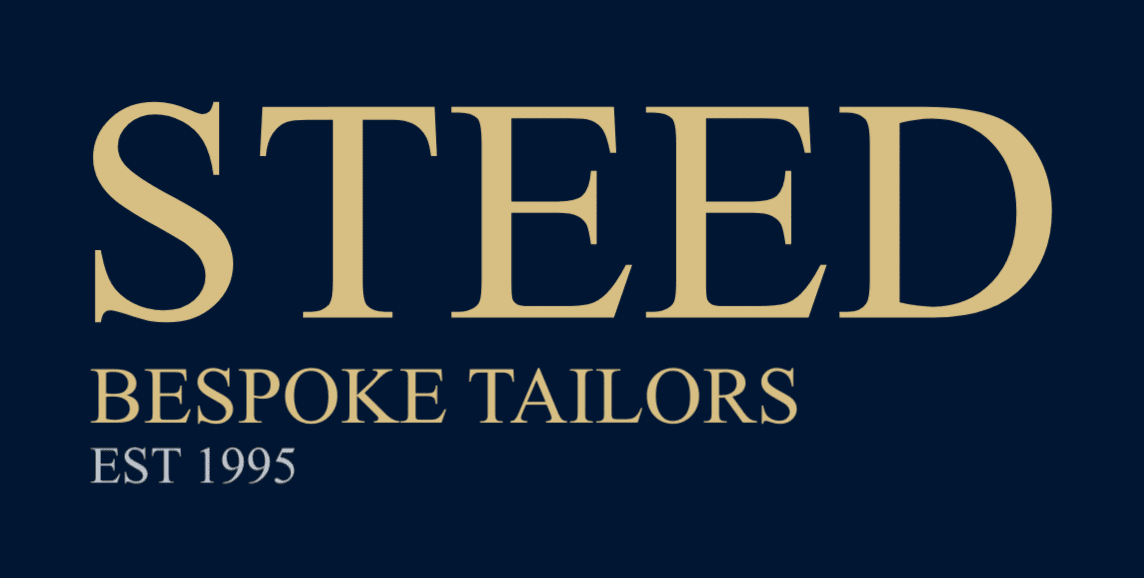As Steed launches a new era in its online presence, I am humbled to join the Steed team and offer my opinions–and occasionally–more suggestive dictates on classic tailoring. Readers and followers of Steed will no doubt be aware of the fundamentals of the Steed garment. A soft drape cut inspired by the legacy of Anderson & Sheppard in hearty, long wearing fabrics. In this new column we will attempt to highlight the technicalities of cut, the nuances of style, and the unparalleled passion, which when combined ultimately create not only the Steed garment, but the Steed experience. You can expect to hear from me bi-weekly (unless I’m otherwise preoccupied with purchase of my next pair of socks). I look forward to having you along for the journey.
Our story begins at the National Zoo in Washington, DC where all manner of feline and fowl can be found. From the great cats –cheetah is a personal favorite—to bald eagles, the most American symbol of them all. However, not even the symbol of America’s freedom can take pride of place at this zoo. That honor belongs to the giant panda (No Kung Fu here). Yes, those cuddly, lazy, black and white spotted bears who unfortunately, find themselves perennial members of the endangered mammal community are treated like royalty–at least without the crowns.
Adult pandas subsist on a heavy diet of bamboo. The average panda spends between 10 to 16 hours a day searching for and eating bamboo. It is this dependency on bamboo that has led us to our investigation. What do pandas know that we don’t? What makes bamboo so enticing? “Bamboo offers a luxurious softness to the hand, quite similar to cashmere. It tends to have a bit of a rich luster, yet offers an elegant drape giving the garment a soft casual look”, says Mr. Guy Milinazo, VP of Operations & Sales at Gladson, an HMS Company and international supplier of bamboo.
Most of the world’s raw bamboo is sourced in China by the Hebei Jigao Chemical Fiber Company. Similar to the business model of Italian cashmere stalwart Loro Piana, Hebei Jigao has built its own bamboo farms to sustain control over production which is certified organic at the time of growing. The most environmentally friendly manufacturing of bamboo was originated by Litrax, a Swiss textile manufacturer. Litrax has developed three separate versions of bamboo based fibers. During production bamboo is mechanically crushed then put through a process called retting in which micro-organisms dissolve cellular tissues surrounding the bast fibre which in turn separates the fibre from the stem. Once this process is complete the remaining fibre is spun into yarn and dyed based on the manufacturers wishes.
Tailors around the globe–and more specifically Steed–have been using Bamboo as a welcomed addition to any rake’s stable of options ever since Zegna introduced it to the wider market in the early 2000’s. Matthew DeBoise; Managing Director and son of head cutter Edwin, also praises Bamboo. “Bamboo is a great alternative to linen due to it being more crease resistant and having a more luxurious hand. After making a sport coat up for myself from the Huddersfield Fine Worsteds Portofino bunch last summer and wearing it on a couple overseas trips we’ve had heavy interest in Bamboo and we anticipate continued growth in bamboo commissions.”

(Matthew DeBoise wearing his Bamboo Sport Coat in San Francisco)
Bamboo is most attractive in smart causal environments that call for a sport coat but which fall short of a business suit such as a Sunday family brunch, leisurely drinks with a significant other, or perhaps an evening dinner soirée with friends. For maximum versatility, opt for a mélange of midnight blue, black, and gray in a plain weave or a subtle glen check offering texture and depth, which will not overly distract the viewer’s eye and instead may invite a few pawing hands.
Bamboo. It’s what’s for dinner—or at least what to wear for it.
Dixi,
GH
(Founder of Image Granted)





